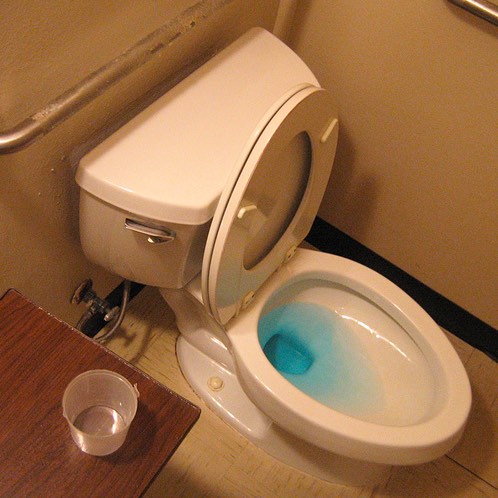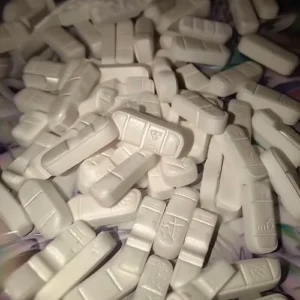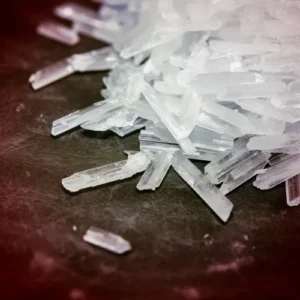Drug testing in the workplace can be very challenging. When an employee is asked to take part in a drug screen, and they know that their job is on the line, they can often resort to desperate measures in order to try and beat the drug test.
One of the most common ways in which an employee will try and beat a drugs test is by diluting the urine sample they give at point of collection. The aim here is to try and lower the concentration for drugs that might be found in the urine sample. Dilution of the urine sample is a frequently seen way of trying to alter the results of a drug test.
Why Use Bluing Tablets?
Bluing tablets are designed to lessen the opportunities to tamper with the urine sample at point of collection. The tablets are simply put into the toilet cistern, turning the water blue and ensuring that no water can be taken from the toilet and used to dilute a urine specimen. If a urine specimen is diluted using toilet water that contains bluing tablets, the change in colour will immediately identify the sample as having been tampered with.
Bluing tablets are highly concentrated and the colour change in the water, once the tablets have been added, is almost instantaneous. Tablets can be crumbled for even quicker results.
Bluing tablets are normally sold in bottles or cartons containing 100 tablets. Rubber gloves should always be worn when handling bluing tablets.
Is Using Bluing Tablets Enough?
Unfortunately not. When it comes to drug testing, sample dilution is just one way in which employees may try and alter the results of their drugs test. As well as dilution, candidates may also try to add chemical or other substances to the urine sample to try and create a false negative result. The other risk is substitution. In this situation, the donor replaces his urine with a clean sample obtained from another person.
Because of the three ways in which a drug test sample can be tampered with (dilution, addition and substitution), we always advise that an adulteration test be used if there is any chance that the sample may have been tampered with. Adulteration test strips examine various parameters of the urine sample, such as pH levels, specific gravity, and creatinine levels, to detect any signs of tampering. This extra step plays a crucial role in accurately determining whether a sample has been altered or substituted.
It’s important for employers to understand that individuals who are determined to pass a drug test might resort to advanced techniques in order to tamper with their urine samples. Therefore, it becomes imperative to implement multiple measures, such as the use of bluing tablets and an adulteration test, so as to significantly enhance the reliability and precision of drug test results.
Photo Credit: Alex Thomson on Flickr
This post first appeared in 2015. It was last updated in July 2023.
Zoom Testing is a leading UK drug testing company and a supplier of Drug Test Kits.





